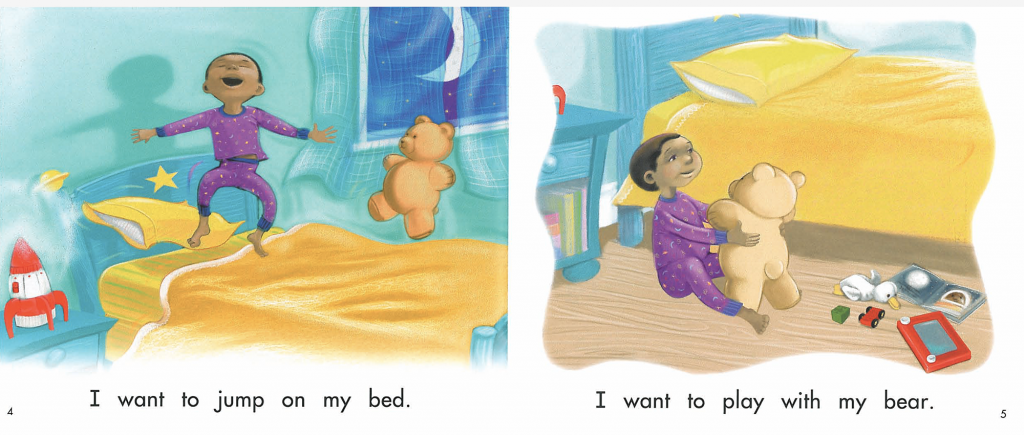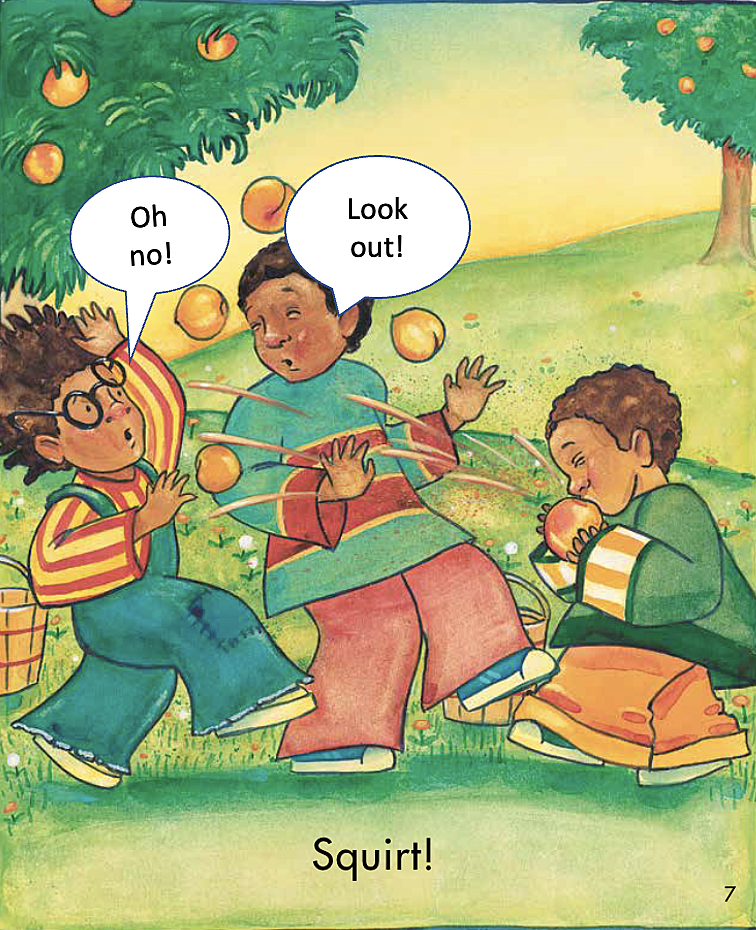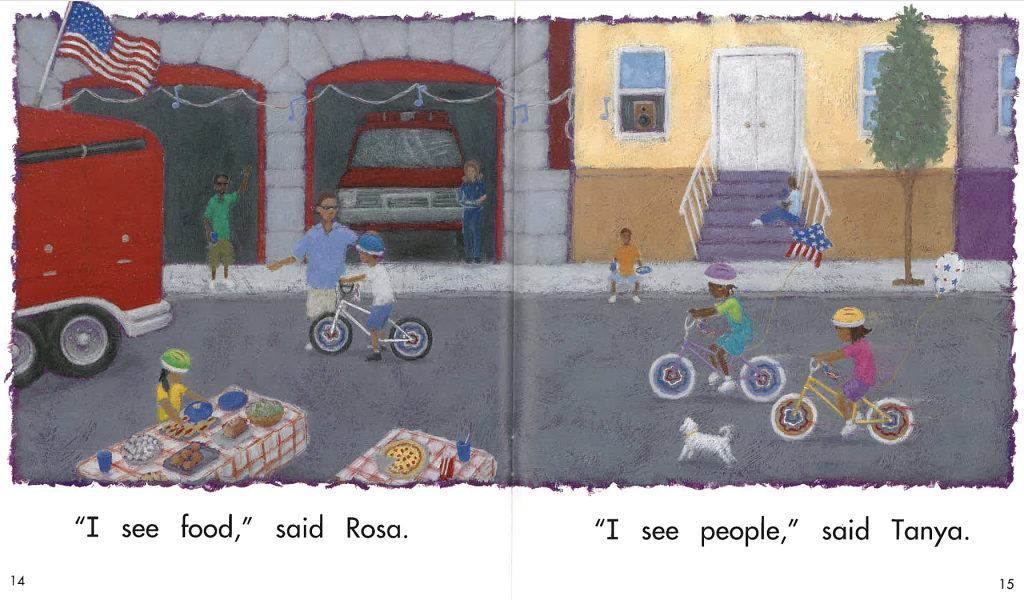Teaching writing to young students who have not yet mastered reading can feel challenging, if not downright overwhelming. However, lots of research recommends encouraging students to write as early as possible.
How can we inspire our youngest learners to write creatively without frustration and within the boundaries of their current abilities?
Selecting the right books to model different forms of writing is one critical step in supporting new writers and building a strong foundation in literacy. Books that students use for independent reading or during their literacy block can help to uncover students’ writing potential and their interests. As educators, we should select a range of titles that both showcase a range of genres, topics, and voice, as well as showcase diversity, identity, and the world around our students.
Here are three tips to utilize children’s books in writing instruction:
1- Select a story that follows a predictable sequence.
Provide students with an opportunity to create their own sentences, using the beginning part of the sentence for guidance. See an example from the story, Bedtime Fun, below:
At bedtime, a young child finds all kinds of things to do instead of going to bed. Have students brainstorm about things that they do before bed with following the pattern: “I want to _____________________________________.”
For emerging writers, provide the beginning of the sentence so students only have to write their portion and provide additional space for students to sketch their answers. Some students may need to verbally share their answer with an adult to transcribe, but all students should be encouraged to write what they can.
For more advanced writers, encourage them to write the full sentence and their answer and provide additional lines for them to continue with “because. . .” For students who are learning to write in English and are proficient/comfortable in another language, encourage writers to share their answer in their home or first language. For all young writers, remember to make sure students have adequate line space.
2- Encourage students to create a dialogue with characters on a specific page.
What do students envision the characters saying to each other? What would make sense? Students can have fun and get creative with this! Show students examples of newspaper, webcomics, or early graphic novels before they try to create their own.
In Juicy Peach, three children find, pick, and eat a juicy peach. Note: the illustration has been modified to include imaginary dialogue.
3- Students can write another page of the story, whether it’s in the beginning, middle, or end.
Ask students what would they want to add to the story? What would make sense?
For example, in Block Party two friends ride in a patriotic bike parade throughout their neighborhood and end up at a fun-filled block party. What could students add to the story through their own writing? Students could be encouraged to add a page on what else the two friends see on their bike ride or what happens after they finish their bike ride.
For more information on how to use predictable books to teach writing, see Reading Rockets’ Margaret Goldberg’s predictable books resources and blog posts. If you are looking to bring more diversity to your writing block or your school’s book collection, let us help! We work with schools and districts of all sizes to curate customized collections that will fit your needs. Learn more about our diverse leveled bookrooms or fill out our quick form to get started creating a customized collection for your kindergarten classroom, school, or district.











